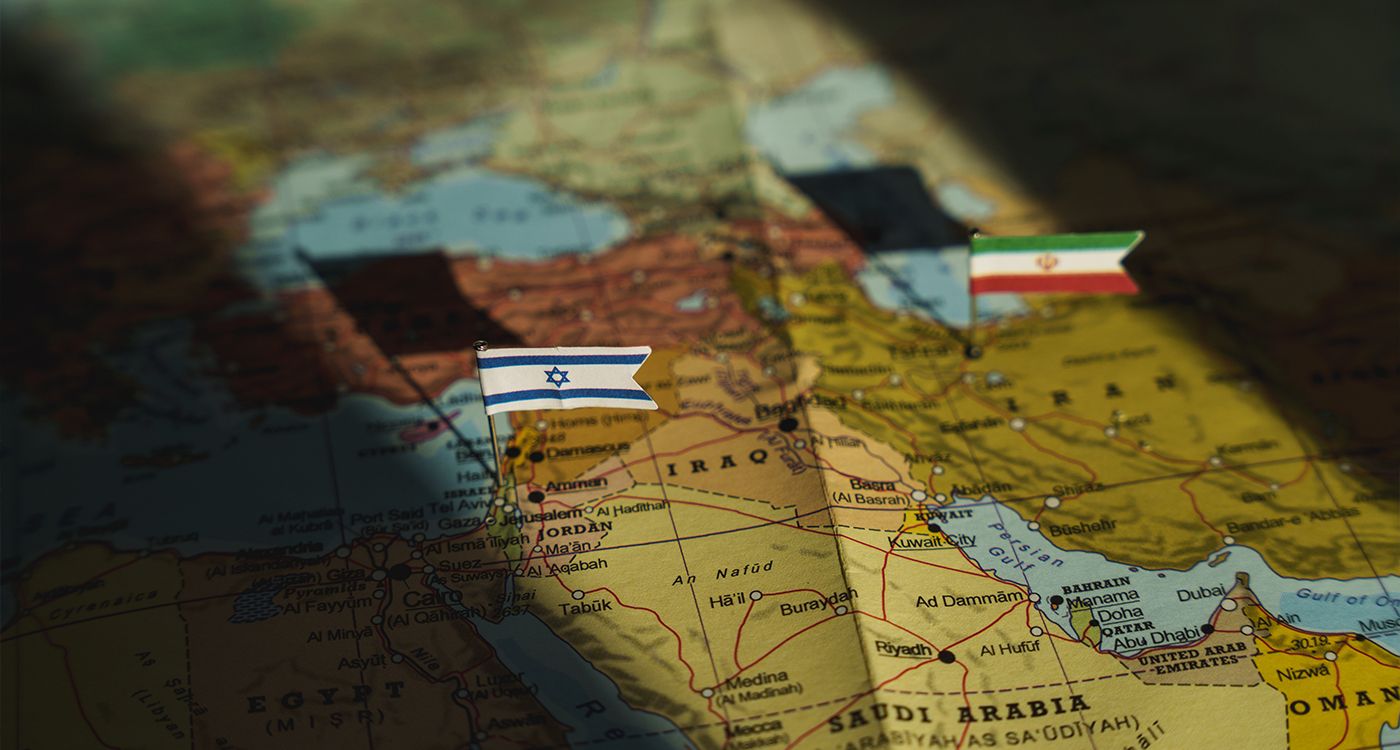
After more than three weeks of negotiations and intense discussions between Washington and Tel Aviv, Israel launched its response to the October 1 missile attack by the Islamic Republic of Iran. This response took place overnight Friday to Saturday, underscoring the Biden administration’s apparent reluctance to destabilize the Iranian regime—specifically its “moderate” faction—much like the Obama administration sought to do, especially around 2015 with the nuclear deal.
Whether this perception aligns with reality or not is inconsequential for now. Washington seems to have persuaded Netanyahu’s cabinet to take a “measured” approach at this stage to avoid destabilizing Tehran’s leadership. Nonetheless, this strike highlighted a series of critical facts with undeniable strategic implications. Israel’s air force has once again demonstrated its complete air dominance, not only over Lebanon and Syria, but across the Middle East, reaching as far as Yemen and Iran without incident.
Israel’s aerial domination was underscored by the conspicuous inadequacy of Iran’s air defenses. Several dozen military aircraft (up to more than one hundred, according to Israeli sources) covered 2,000 kilometers, maneuvering over Tehran and several Iranian regions for nearly five hours without being seriously challenged.
Three successive waves of attacks destroyed radar systems, remaining (if ineffective) defense batteries and, crucially, a heavy-fuel mixer production facility. This significant blow will set back Iran’s ballistic missile production—one of Tehran’s key offensive capabilities alongside drones—by several months to two years. Tehran had refused to include these in the 2015 nuclear agreement, despite pressure from France’s then-Foreign Minister Laurent Fabius.
Israel’s massive airstrike was anything but symbolic. Israeli sources suggest that, if necessary, future strikes will be easier, especially in maintaining air superiority. However, these raids did not weaken the hardline faction within Iran’s regime, a crucial aspect for the region, particularly for Lebanon.
Recent events, especially since October 7, 2023, have reaffirmed that half-measures only obscure and postpone the core issues, pulling Lebanon and the region into repeated armed conflicts with no political resolution in sight.
With the US presidential election days away, the Biden administration is racing to broker a deal for hostages in Gaza and/or a ceasefire in Lebanon, likely aiming to bolster Democratic candidate Kamala Harris.
Yet, the unsuccessful 2006 experience—when Hezbollah, under Iranian Revolutionary Guard influence, disregarded UN Security Council Resolution 1701 (as it did for Resolutions 1559 and 1680)—underlines the need for a decisive resolution to dismantle Hezbollah and other Iranian proxies. This requires an approach that addresses the core problem at its source: Tehran.
Following the Soviet Union’s fall, some analysts observed that the world had become a “global village.” A clear implication is that the sustained conflict and instability in Lebanon and the Middle East inevitably send shockwaves across Europe, the US and other critical areas worldwide.




Comments